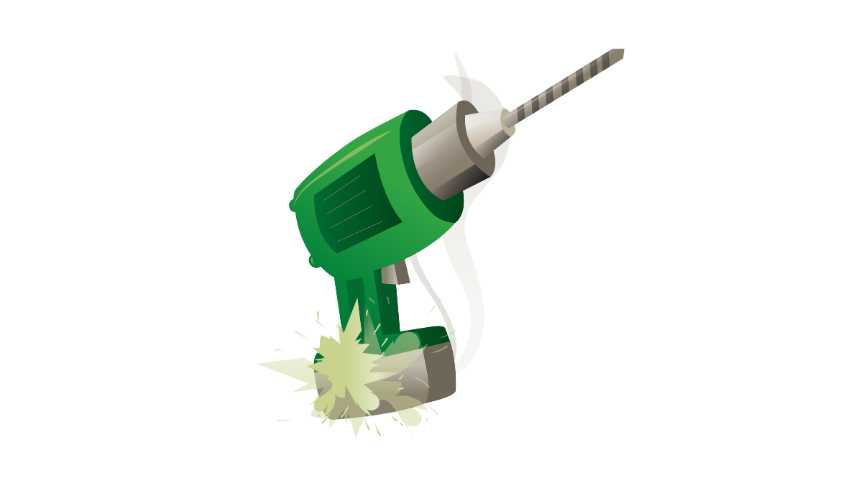At FMG some of our clients have suffered losses caused by lithium-ion batteries to their buildings, contents and vehicles. One of these was a total loss house fire that cost $1million dollars to replace. The fire was caused by batteries charging in the garage.
Many modern devices are powered by lightweight, high-energy lithium-ion (li-ion) batteries. These power our phones, laptops, tools, e-bikes, e-scooters, vapes and even cars, forklifts and trucks.
If not used correctly, these devices can overheat, catch fire, or explode. It’s important to know the risks and how to manage them.
What causes Lithium-ion battery fires?
Lithium-ion batteries can catch fire for several reasons like:
- overcharging or using incorrect chargers
- overheating or exposure to extreme temperatures (hot or cold)
- physical damage like drops or punctures
- short-circuits, malfunctions, or manufacturing defects.
When these batteries fail, they can:
- emit toxic, flammable, and explosive gas
- cause intense, self-sustaining fires that are difficult to extinguish. Their intense heat poses a danger of igniting other items nearby.
10 ways to prevent device or battery fires
- Avoid leaving devices charging unattended or overnight*
- Disconnect fully charged batteries and devices
- Avoid exposing devices to heat, moisture, or direct sunlight
- Protect your batteries from strong impacts or sharp objects
- Only use the correct and approved chargers for your device
- Never charge your devices in bed, or on flammable material or surfaces
- Discard damaged devices showing signs of swelling, leakage or overheating
- When a battery is new, monitor the first few cycles of charging closely
- Charge and store batteries away from exits and living spaces
- Install approved smoke or heat alarms in charging areas to help give an early warning of extreme battery overheating or fire.
*Electric Vehicles and marine batteries may have manufacturers recommendations regarding charging overnight, please seek professional advice specific to your vehicle or boat.
